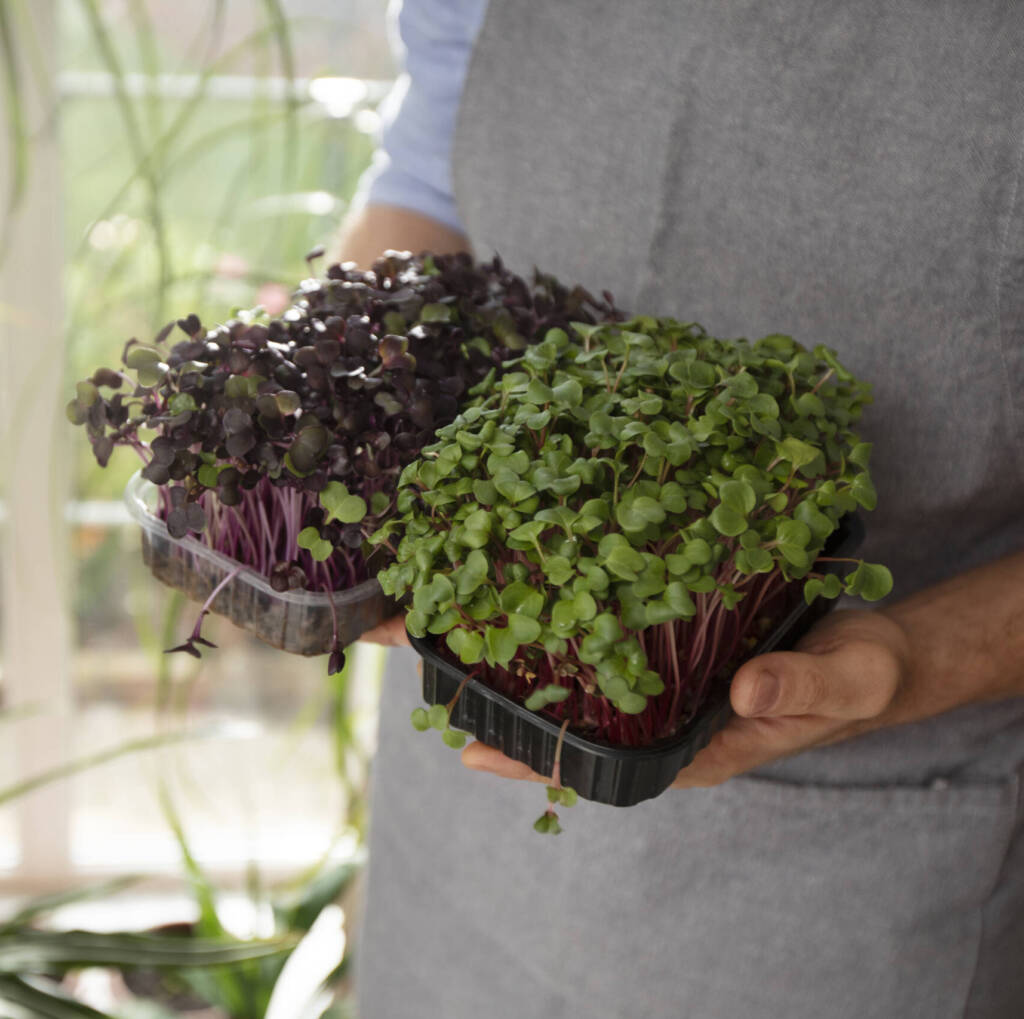

Creative approach to every project
Achieving a bountiful and high-quality harvest requires more than just planting seeds and waiting. It involves careful planning, consistent maintenance, and a deep understanding of your crops’ needs. Here’s a guide to help you grow better crops and optimize your agricultural efforts:
1. Choose the Right Varieties
Selecting the right crop varieties for your specific climate and soil conditions is fundamental. Research and choose varieties that are well-suited to your local environment and resistant to common pests and diseases. High-quality seeds from reputable suppliers can also make a significant difference in your crop yield and health.
2. Invest in Soil Health
Healthy soil is the foundation of successful crop production. Conduct soil tests to understand its nutrient levels, pH, and texture. Amend the soil with organic matter like compost or well-rotted manure to improve fertility, structure, and water-holding capacity. Implementing crop rotation and cover cropping can also help maintain soil health and prevent nutrient depletion.
3. Optimize Watering Practices
Consistent and adequate watering is crucial for crop growth. Develop a watering schedule based on the needs of your crops and the local climate. Consider using efficient irrigation systems, such as drip irrigation, to reduce water waste and ensure that water reaches the root zone. Monitor soil moisture regularly to avoid overwatering or underwatering.
4. Manage Pests and Diseases
Effective pest and disease management is key to maintaining healthy crops. Implement integrated pest management (IPM) strategies that combine biological, cultural, and chemical control methods. Encourage beneficial insects, use physical barriers, and practice good sanitation to reduce pest pressure. Regularly inspect your crops for signs of disease and take prompt action to mitigate any issues.
5. Provide Adequate Nutrients
Nutrient management is essential for optimal crop growth. Use balanced fertilizers that provide essential nutrients like nitrogen, phosphorus, and potassium. Follow application guidelines to avoid over-fertilization, which can lead to nutrient runoff and environmental issues. Organic fertilizers and foliar feeding can also supplement soil nutrients effectively.
6. Monitor and Adjust Growing Conditions
Keep a close eye on environmental factors such as temperature, humidity, and light levels. Use tools like weather sensors and data loggers to monitor these conditions and make necessary adjustments. For instance, using shade cloths or row covers can help protect crops from extreme temperatures or harsh weather conditions.
7. Enhance Plant Care
Proper plant care involves regular maintenance practices such as pruning, thinning, and mulching. Prune plants to improve airflow and reduce the risk of disease. Thin seedlings to prevent overcrowding and ensure adequate space for growth. Mulching helps retain soil moisture, suppress weeds, and regulate soil temperature.
8. Stay Informed and Adapt
Agricultural practices and technologies are continually evolving. Stay informed about the latest research, trends, and advancements in crop management. Attend workshops, read industry publications, and connect with other growers to share knowledge and best practices. Adapting to new methods and technologies can help you stay ahead and improve your crop yields.
9. Record and Reflect
Keep detailed records of your planting, growing, and harvesting processes. Documenting your practices, observations, and outcomes can provide valuable insights for future growing seasons. Analyze your results to identify what worked well and where improvements can be made, leading to continuous growth and better crop production.
By implementing these strategies, you can enhance your crop quality and yield, making the most of your gardening or farming efforts. With careful planning, diligent care, and a proactive approach, you’ll be on your way to growing better crops and enjoying a successful harvest.

